Pesquisa de dispositivos e sensores de monitoramento da qualidade do ar

O monitoramento da qualidade do ar é uma ciência bem conhecida e estabelecida que começou na década de 80. Naquela época, a tecnologia era bastante limitada e a solução utilizada para quantificar a poluição do ar era complexa, complicada e muito cara.
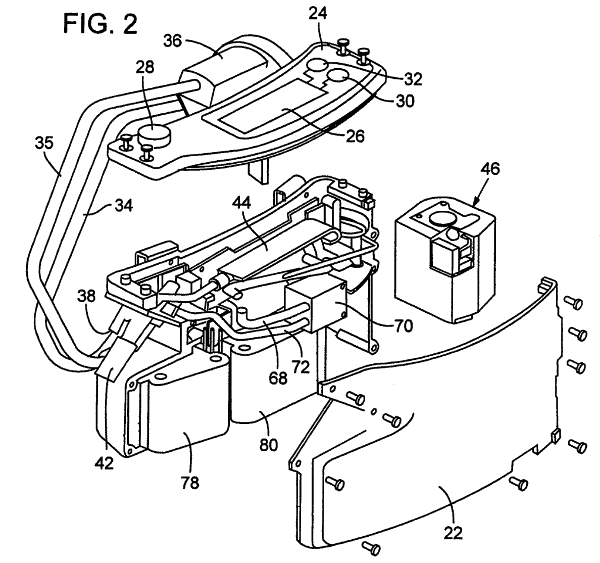 Patent US7947503: Monitor and methods for characterizing airborne particulates
Patent US7947503: Monitor and methods for characterizing airborne particulates Felizmente, hoje em dia, com as tecnologias mais recentes e modernas, as soluções utilizadas para monitorização da Qualidade do Ar estão a tornar-se não só mais precisas, mas também mais rápidas na medição. Os dispositivos estão se tornando menores e custam muito mais acessíveis do que nunca. Por exemplo, novas tecnologias como a microbalança oscilante de elemento cônico (TOEM) oferecem vantagens significativas em relação aos Monitores de Atenuação Beta tradicionais (BAM)
Ainda mais recentemente, sensores ultra-acessíveis estão começando a aparecer no mercado - muitos deles ligados à tendência IOT de detecção tudo. Embora a maioria deles sejam puramente artifícios e, portanto, brinquedos definitivamente inúteis, alguns deles estão começando a atingir desempenhos comparáveis aos monitores profissionais, com um custo cem vezes menor. Para avaliar a confiabilidade desses sensores, os Earth Sensing Labs do projeto Índice Mundial de Qualidade do Ar estão e têm conduzido muitas pesquisas sobre Sensores de Qualidade do Ar e experimentos com dados ao vivo há muitos anos.
Sensores de partículas
Os sensores de partículas podem detectar a quantidade de poeira no ar. Embora a primeira geração fosse capaz apenas de detectar a quantidade de opacidade, os sensores mais recentes agora podem detectar não PM2,5 e PM10, mas também até 7 tamanhos de partículas diferentes (também conhecidos como caixas).
Laser based PM2.5/PM10 sensor
20USD (130CN¥)
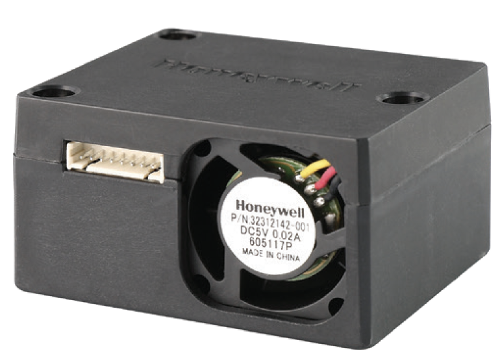
Laser based PM2.5/PM10 sensor
20USD (130CN¥)
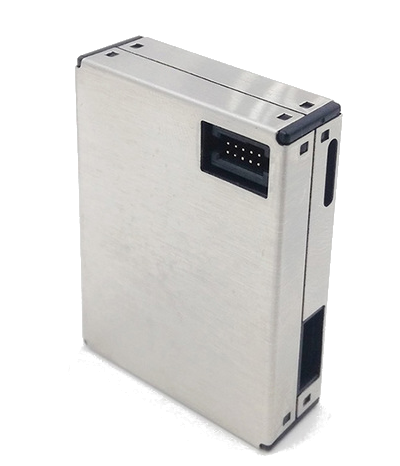
Laser based PM2.5/PM10 sensor
18USD (120CN¥)
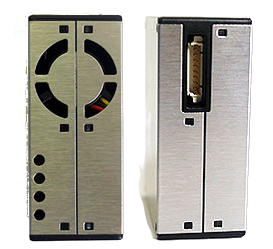
Laser based PM2.5/PM10 sensor
14USD (90CN¥)
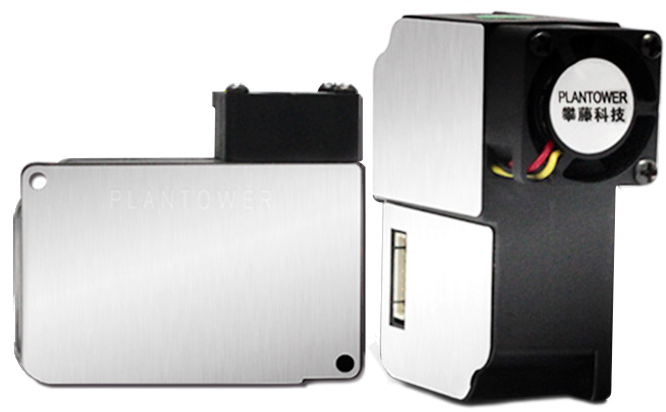
Laser based PM2.5/PM10 sensor
14USD (90CN¥)
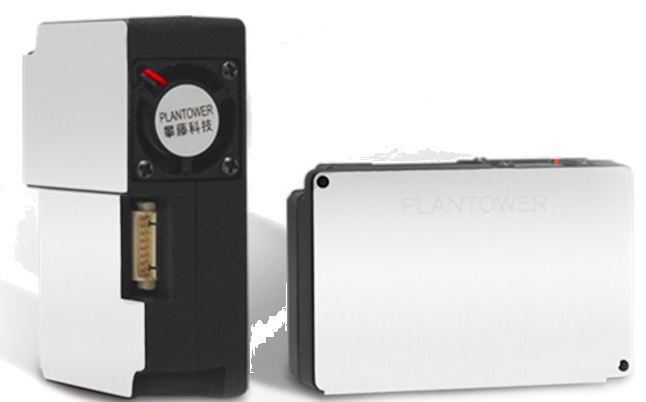
Laser based PM2.5/PM10 sensor
24USD (160CN¥)
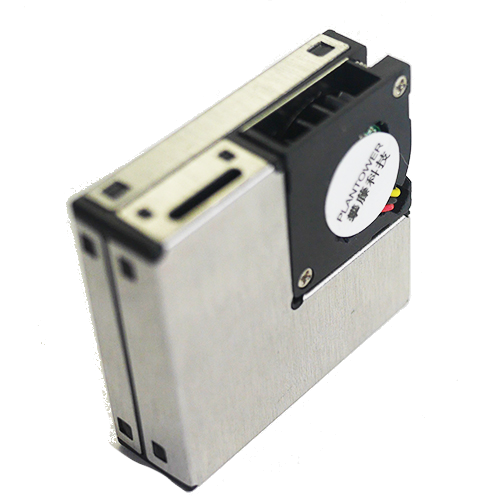
Laser based PM2.5/PM10 sensor
23USD (150CN¥)
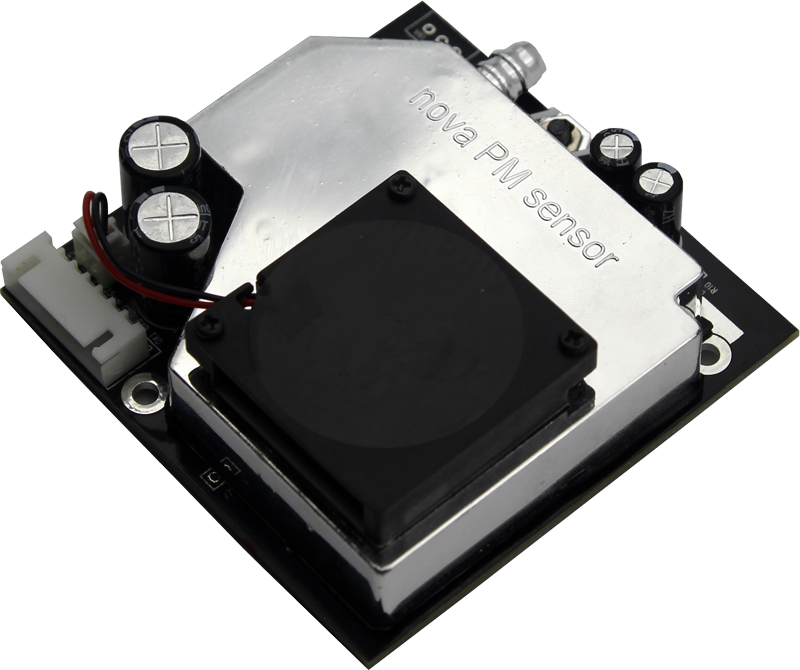
Laser based PM2.5/PM10 sensor
19USD (128CN¥)
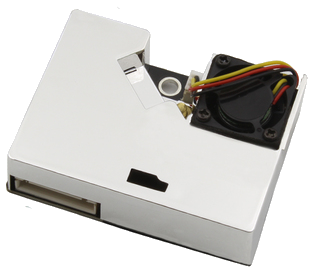
Laser based PM2.5/PM10 sensor
23USD (155CN¥)
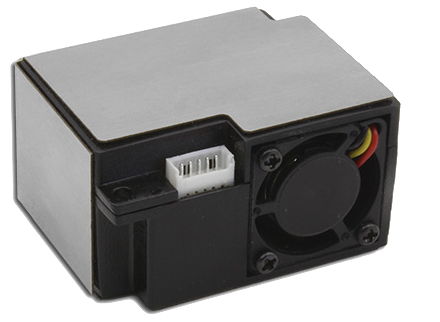
Laser based PM2.5/PM10 sensor
20USD (130CN¥)
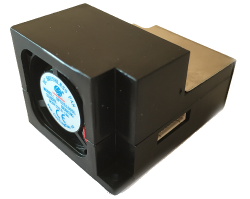
Virtual Impactor for Sharp
GP2Y1051AU0F
20USD (135CN¥)
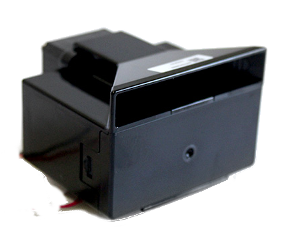
LPO Optical PM sensor
5USD (35CN¥)
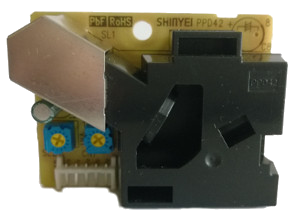
LPO Optical PM sensor
4USD (24CN¥)
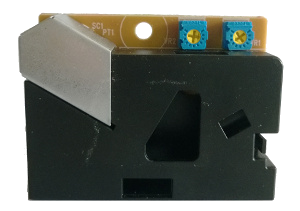
Analog Optical PM sensor
5USD (35CN¥)
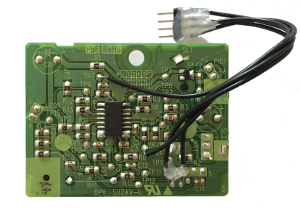
Laser based PM2.5/PM10
integrated monitor
300USD (2000CN¥)
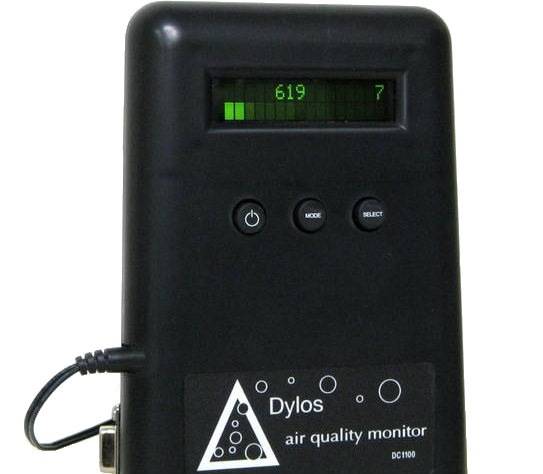
Laser based PM2.5/PM10 sensor
500USD (3333CN¥)
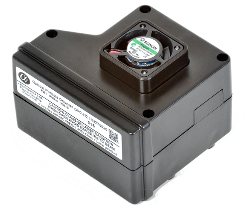
Sensores de Gás
Ao contrário dos sensores de partículas, o sensor de gás pode detectar e contar o tipo de partícula presente no ar, como por exemplo ozônio (O3), dióxido de nitrogênio ( NO2), dióxido de enxofre (SO2), ...
Ozone Electro-Chemical sensor
60CNY
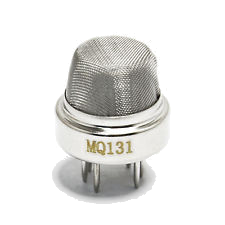
Ozone Electro-Chemical sensor
57USD (380 CN¥)
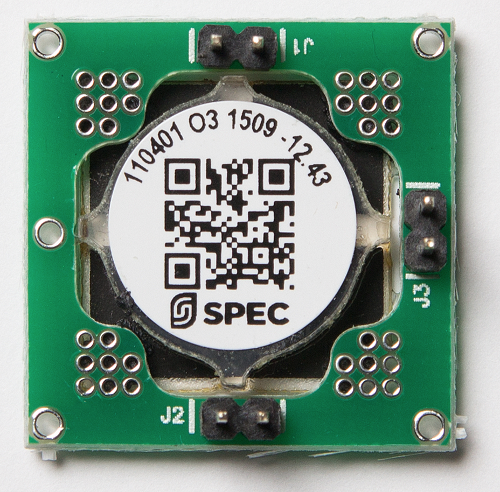
Ozone MEMS sensor
18USD (120 CN¥)
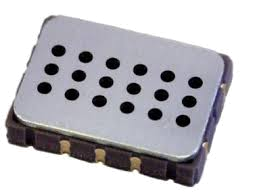
NO2 MEMS sensor
23USD (150 CN¥)

NO2 Electro-Chemical sensor
90USD (600 CN¥)
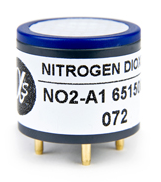
Carbon Monoxyde Electro-Chemical sensor
5CNY

Notas
- Nota 1: A taxa de conversão USD/CNY é baseada em 1 CNY = 0,15 USD. O preço é baseado na compra direta dos fornecedores, sem custo de envio.
- Nota2: O monitor Dylos não pertence realmente à categoria de sensores PM, pois é um equipamento de monitoramento totalmente integrado e autônomo, muito mais caro que qualquer outro sensor, mas está listado aqui por razões históricas.
- Nota 3: O Alpha Sense OPCN2 é caro e o preço que você paga é pela calibração rastreável (feita com partículas esféricas de látex de poliestireno). Caso contrário, do lado da tecnologia, não inclui nada melhor do que os sensores de US$ 20 podem fazer, exceto um IC.
- Nota4: Existem muitos artigos científicos sobre sensores de baixo custo. Veja o da NCAS e WACL para uma excelente e breve visão geral na avaliação de sensores químicos de baixo custo para medição de poluição atmosférica.
Medição comparativa PM2,5 dos últimos 5 dias
--
